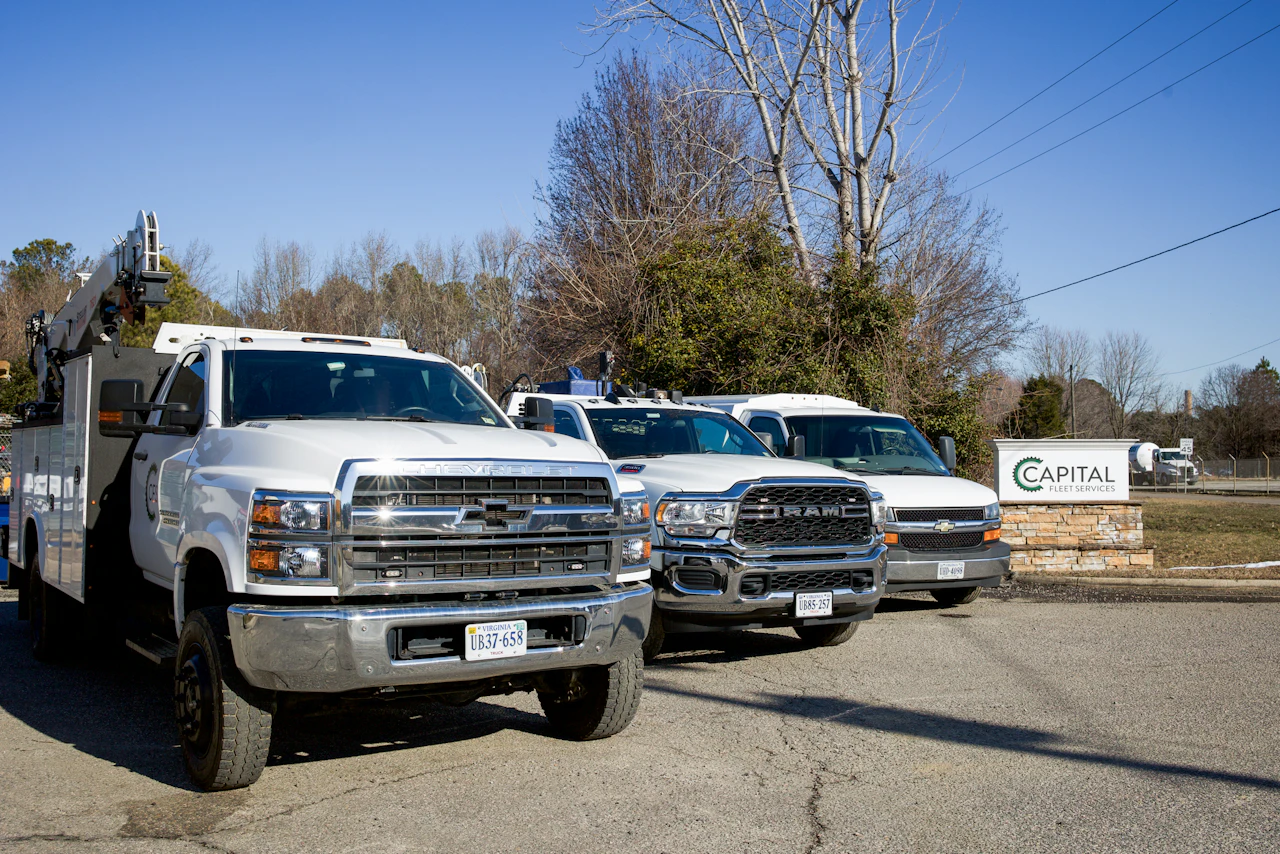7 Things You Need to Pass Your CVIP Inspection in Alberta
Failing a CVIP inspection in Alberta can put your vehicle out of service and cost you big. Knowing the 7 key areas inspectors focus on ensures your commercial unit stays compliant, roadworthy, and ticket-free.

Every commercial vehicle operator in Alberta knows the drill—the Commercial Vehicle Inspection Program (CVIP) isn’t optional. Whether you're hauling freight across the province or running equipment locally, a failed inspection can lead to serious downtime, fines, and even impoundments. At Ethos Mechanical in North Eastern Alberta, we help operators not only pass CVIP inspections but avoid the stress that comes with last-minute surprises. Here are 7 critical areas to get right before rolling into your next inspection.
1. Brakes That Meet Minimum Performance Standards
The brake system is one of the most scrutinized elements of a CVIP. Inspectors will check:
- Pushrod stroke within allowable limits
- Brake linings not worn beyond spec
- No air leaks, cracked chambers, or loose fittings
- Proper slack adjuster function and matching angles
- No contamination (oil or grease) on friction surfaces
Brake issues are one of the top causes of CVIP failures. Regular preventive maintenance and daily pre-trips are essential for spotting these before they cost you.
2. Lights, Signals, and Electrical Systems Functioning Properly
From turn signals to ABS indicators, your lighting and electrical systems must be fully operational. Failing components here are a quick ticket to rejection. Make sure:
- All exterior and interior lights work (headlights, brake, turn, license plate)
- ABS, low air, and check engine indicator lights illuminate and then self-extinguish
- Battery connections are tight and corrosion-free
- Wiring is secured and not rubbing or exposed
It’s a good idea to walk around your unit with a partner to test the lights before heading in.
3. Tires and Wheels in Legal, Safe Condition
Bald tires or cracked rims aren’t just unsafe—they’ll get you flagged immediately. CVIP inspections require:
- Tire tread depth of at least 3.2mm (steer) and 1.6mm (drive/trailer)
- No sidewall bulges, cuts, or exposed cords
- Matching duals with no significant PSI differences
- Rims that are not bent, cracked, or rust-jacked
- All wheel fasteners are present and torqued properly
Keep your tires rotated and replace them early if you want to avoid unnecessary downtime.
4. Suspension and Steering Free from Excessive Play
Play in your steering components or worn suspension bushings can easily ground your unit. Inspectors will check:
- No looseness in drag links, tie rods, kingpins
- Leaf springs not cracked or shifted
- Airbags free of leaks or dry rot
- Proper ride height and shock absorber integrity
If you feel slop in the wheel or bounce in the ride, get it looked at before your inspection date.
5. Air and Hydraulic Systems Must Hold Pressure and Integrity
Alberta CVIP inspections include a thorough review of air systems (for air brakes) and hydraulic circuits (if applicable). This includes:
- No audible leaks or pressure drop over 2 PSI/min (static test)
- Proper cut-in/cut-out pressure on the compressor
- Intact reservoir tanks, check valves, and lines
- Hydraulic hoses free of cracks, swelling, or leaks
Keep in mind that even small leaks will lead to a failure under CVIP rules.
6. Exhaust and Emissions System in Compliance
Thanks to environmental regulations, the exhaust and emissions system is under the microscope. For a pass, you need:
- Exhaust pipes free of holes or leaks
- No missing heat shields or clamps
- DPF and DEF systems intact with no bypass modifications
- No warning codes for NOx sensors, EGR, or SCR systems
Make sure your regen system works properly and check for active codes on the dash before scheduling an inspection.
7. Undercarriage, Frame, and Structural Components Intact
Cracks, corrosion, or loose crossmembers are all red flags. Final items checked during CVIP include:
- No frame cracks or rust-through
- Body mounts and cab supports secure
- No fluid leaks (fuel, oil, coolant) dripping from the vehicle
- All safety devices—fire extinguisher, triangles, etc.—are in place
It’s these seemingly small details that often trip up operators at the end. A thorough walkaround inspection beforehand can make all the difference.
Be Proactive, Not Reactive
Ethos Mechanical believes the best way to pass your CVIP is to treat it like an ongoing maintenance strategy, not a once-a-year scramble. By staying on top of these 7 key inspection points, you reduce the risk of failure, protect your uptime, and keep your operation compliant in Alberta.
Don’t wait for the inspector to find what you missed—let’s catch it before it costs you. Read our article for more information about CVIP inspections in Alberta.
More Articles
Contact Ethos
Ethos Mechanical Inc. provides North Eastern Alberta with professional light to heavy-duty truck, trailer, heavy equipment, automotive, & commercial fleet repair services, both in-shop in Lac La Biche, & via mobile service within 250km. Our 24/7 mobile services include mobile truck repair, emergency roadside assistance, & towing service. Reach out to our team now with any questions, to request a quote, and to schedule service!
.webp)
